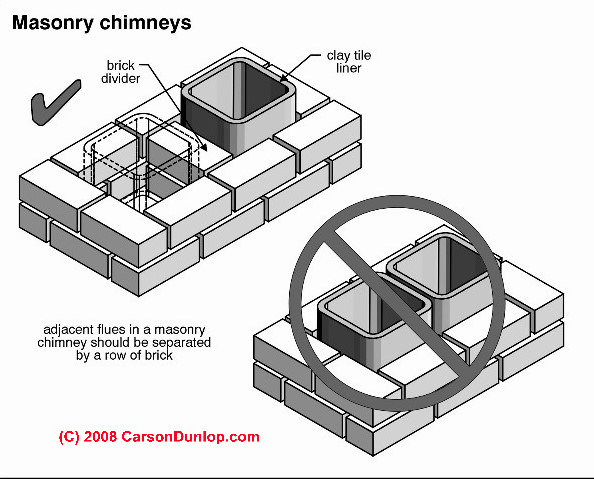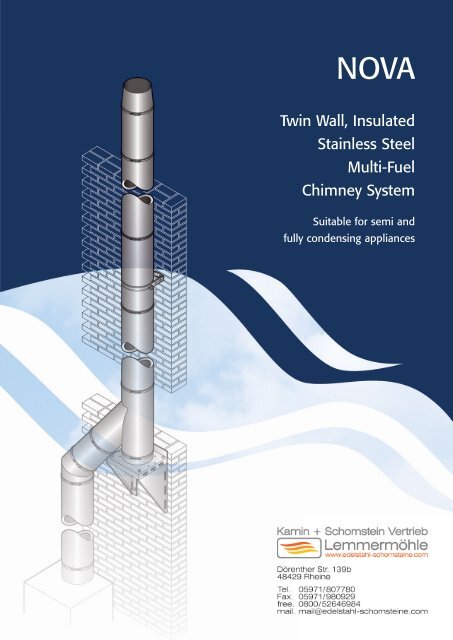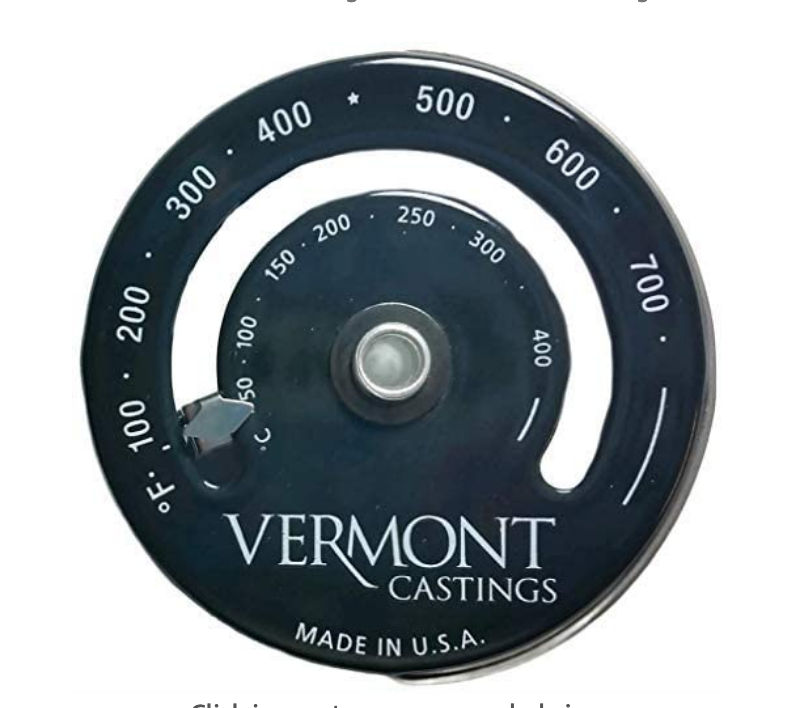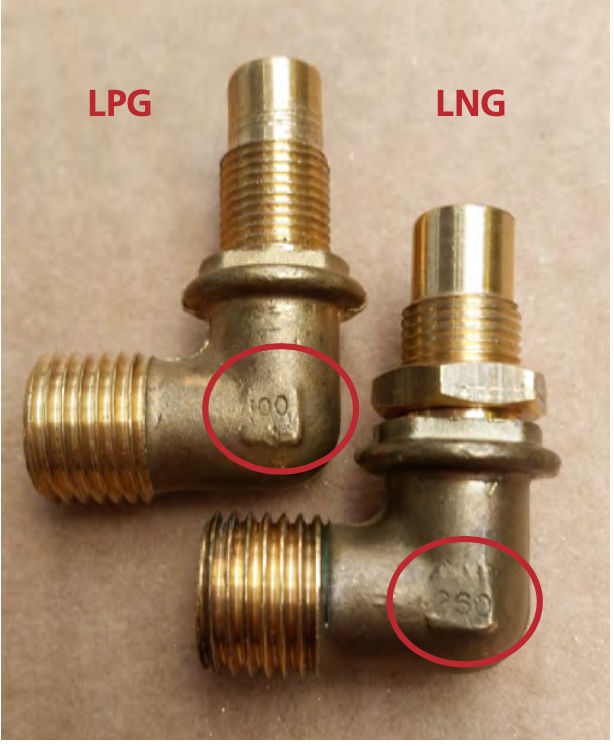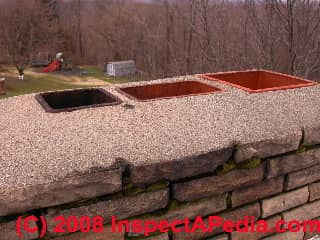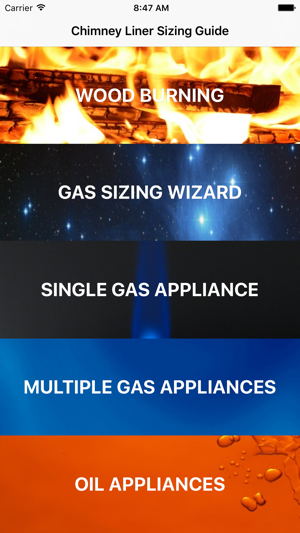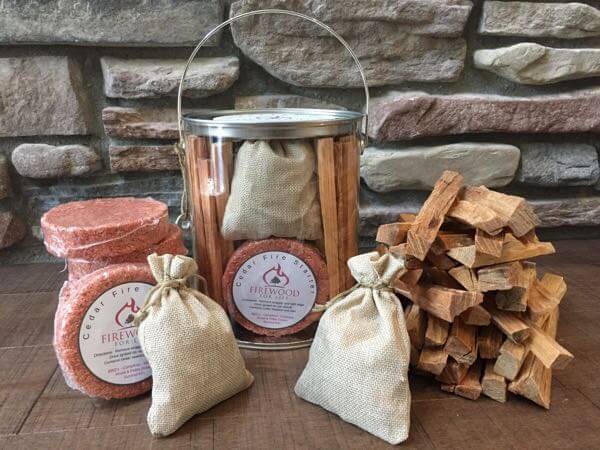This self paced online course covers chimney inspections contracts and warranties fireplace flue sizing oil flue sizing gas flue sizing metal specifications reasons to reline a chimney the importance of a flue liner and why a chimney should be inspected as part of the lining relining process.
Chimney liner sizing oil.
The ideal flue size is typically determined by the exhaust outlet of the stove or appliance.
And a properly fitted chimney.
Undersized liners will not allow the appliance to vent properly.
A properly sized chimney liner protects against fire by providing a proper draft for your furnace thus controlling the amount of heat moving through the chimney.
A guide to chimney sizing tables for venting heating appliances.
Boiler heat load and chimney area boiler capacity and chimney area.
The rule of thumb for sizing a chimney liner is that you never want it to be smaller than the appliance exhaust hole and you don t want the liner to be three times the area of the exhaust hole of the appliance.
A ul listed stainless steel flue liner or a ul listed cast in place chimney lining system designed to vent the flue gases of oil fired appliances should be installed.
However the interior of your chimney especially after insulating may not have the adequate space.
This can cause smoke to pour out of the stove and it can also cause gas and oil appliances to fail.
For example if it has a 6 opening where the pipe is to be inserted that is the ideal size liner you need.
A csia certified chimney sweep can properly evaluate size recommend and install the appropriate chimney liner for your home heating equipment.
Which chimney sizing table to use here is a quick guide to the umc s chimney sizing btuh venting capacity tables when sizing a metal or masonry chimney diameter to match the total input btuh of the heating appliances boiler furnace water heater being vented.
The final measurement we need to determine the correct size liner is the height of the chimney.
Measure from the top of the chimney to the top of the thimble and add 3 5 to accommodate the liner clamping to the top plate.
Air flow and velocity due to natural draft air flow volume and velocity due to stack or flue effect caused by indoor hot and outdoor cold temperature difference.





